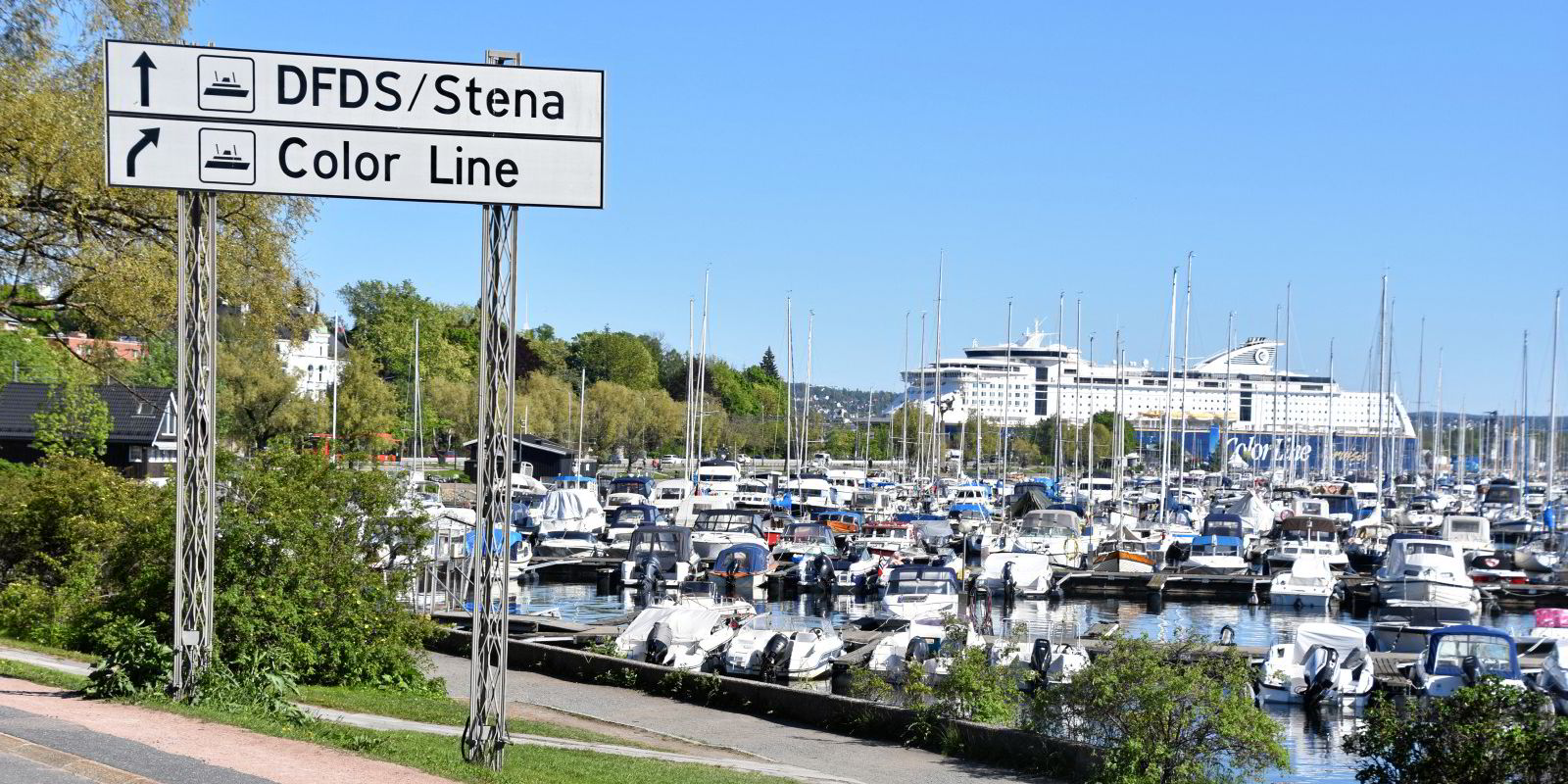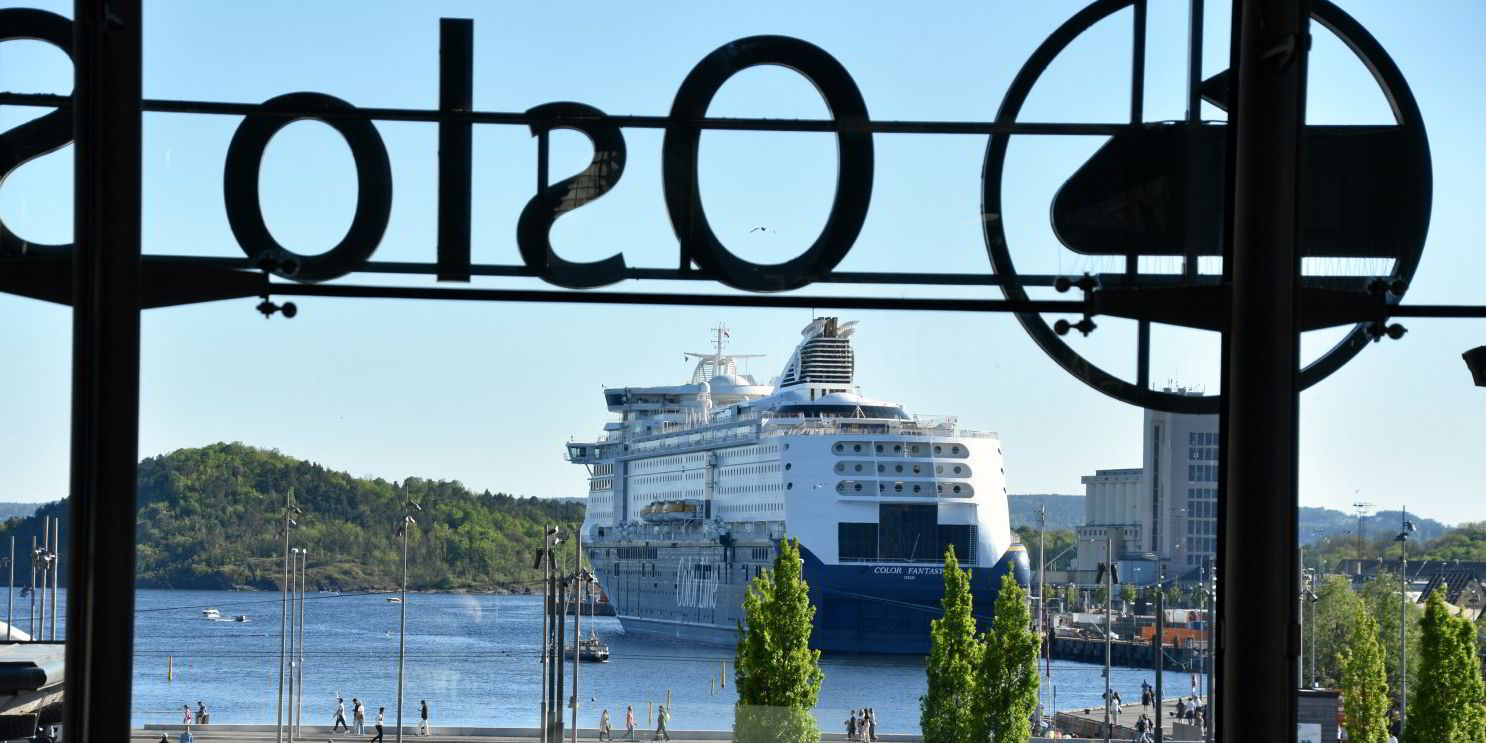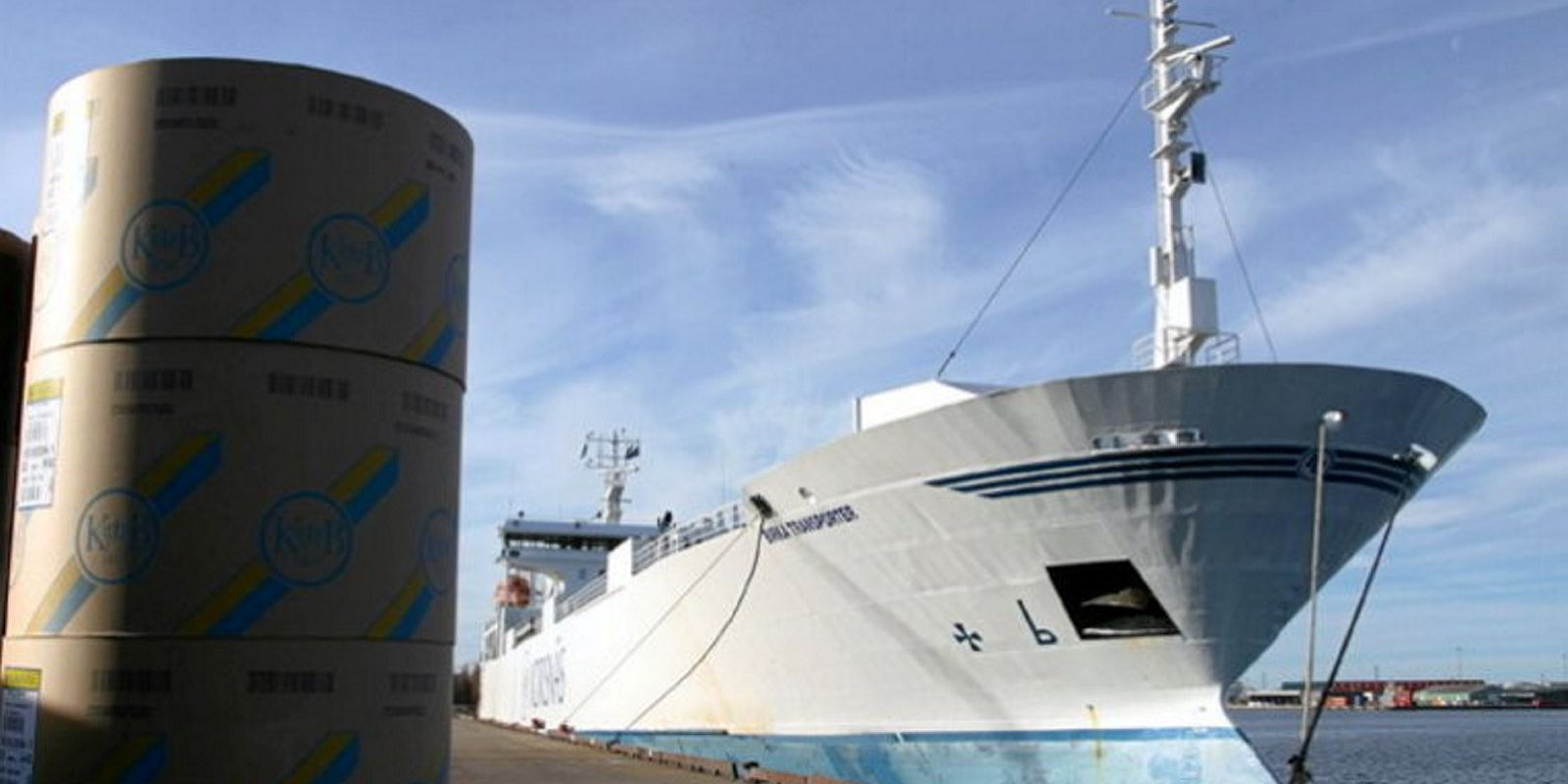Oslo-based Color Group is getting out of the pure ro-ro business and otherwise trimming its fleet with the announced plan to sell its two oldest vessels.
The sale of the 1,775-lane metre ro-ro Color Carrier (built 1998) and the 19,763-gt ro-pax ferry Color Viking (built 1985) will leave the company with a five-ship fleet, one that will be more heavily weighted to passenger traffic, comprising three medium to large ropax ferries and two large cruise ferries.
“Both the Color Viking and the Color Carrier have undergone upgrades in recent years and the ships will be put up for sale on the global market,” the company said in an announcement.
“The measures are expected to improve operating results by about NOK 50m [$4.8m] in 2023 compared with the current year.”
Color Group spokesman Erik Brynhildsbakken told TradeWinds that this number does not reflect sales proceeds, only net operating cost reductions.
The company did not rule out a return to pure ro-ro business.
“Of course, we maintain our interest in ro-ro when it comes to cargo handling,” Brynhildsbakken said. “As for vessels, we will as always continue to follow the market closely and maintain our optionality.”
Brynhildsbakken would not comment on how the sales process is being handled but believes there are buyers, even for the 38-year-old Color Viking.
“Color Line has a reputation for having well-maintained ships,” he said. “The Color Carrier was robustly built for the northern European market, and the Color Viking has had several upgrades including for shore power. Even though she is a mature lady, we expect the ship can be attractive.”
Sales of ageing tonnage out of Europe have sometimes drawn criticism when ships sold for further trading wind up scrapped instead. But Brynhildsbakken said that aspect of the sale will be handled in a “responsible process”.
The sales will bring the average age of the fleet down by about five years.
Color Group, privately owned by the family of Olav Nils Sunde, operates regional vessel services from southern Norwegian ports to Denmark, Sweden and Germany under the brand name of Color Line.
The Color Viking, with capacity for 1,773 passengers and 490 lane metres of vehicle cargo, sails a dedicated daily route from Sandefjord in southern Norway to the Swedish border town of Stromstad, a popular destination by land and sea for Norwegian consumers.
The Color Carrier is Color Line’s only pure ro-ro. It was purchased from Finnlines in 2018 to supplement the cargo side of the company’s Oslo-to-Kiel business, with encouragement from the Norwegian government in the form of an environmental subsidy meant to get truck cargo off the road and onto the water.
The company’s website still touts the environmental benefits of the Color Carrier.
“With the new ro-ro product established in 2018, Color Line Cargo will be able to shift a huge quantity of trucks and trailers from road to seaway,” the company advertises.
In the announcement, Color Group managing director Trond Kleivdal points to a number of factors that led to the decision, including “framework conditions”, a Norwegian phrase for policies that indirectly affect the profitability of Norwegian companies, especially those exposed to international competition.
Rising prices of fuel and shoreside power have contributed to Color Group’s decision to sell on the cost side, as have reductions in Norwegian state subsidies to Norwegian seafarers. Reduced industrial activity in Europe has also cut into the Color Carrier’s revenues, as has the expiration of the three-year environmental subsidy scheme.
However, in addition, the Color Viking’s business has been supported in part by Norwegian cigarette smokers, who are attracted by prices in the duty-free shops on the day trips across the Skagerrak. Norway is cutting the import quota for duty-free cigarettes.

The newest Color Line ship — the 27,164-gt, 2,000-passenger Color Hybrid (built 2019) — will continue to serve Norwegian shoppers on the Stromstad route.
The sales decisions come after a “back-to-normal” interim results announcement in August.
Color Group announced a negative bottom line at that time, but operating income was “in line with a normal year, despite pandemic effects at the beginning of the year, high fuel costs and rising prices”.




